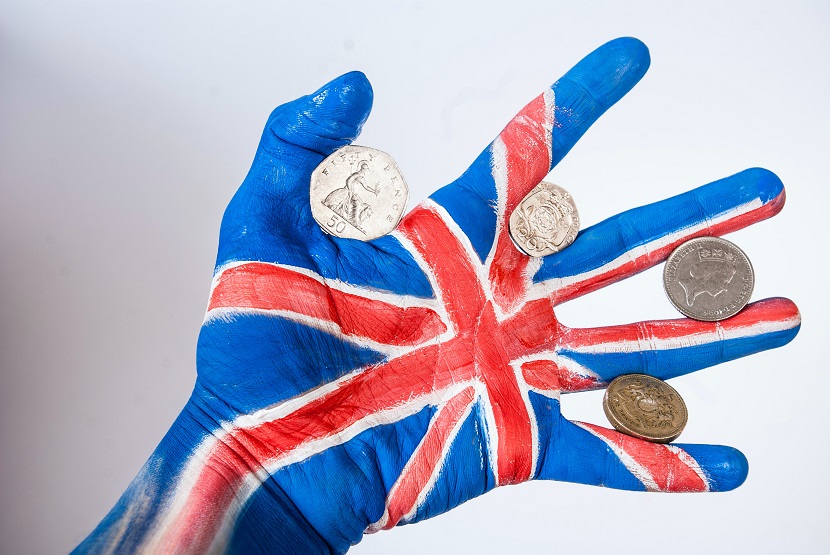Sterling maintains stability against the dollar near a 35-year low.
As investors worry about the economy and continue to favor the dollar, sterling was little changed against the dollar and the euro on Thursday. It is nevertheless above a 35-year low reached last week.
Due to political unrest, persistently high inflation, and forecasts of a protracted recession, sterling has had one of the poorest performances among the major currencies in 2022.
Investor worries about the long-term prognosis for the British economy have increased as a result of the new Prime Minister Liz Truss’s plans to finance a massive energy support package by boosting borrowing.
The UK economy is the only one that is currently experiencing stagflation, according to Ben Laidler, global markets strategist at eToro.
That is a significant factor in the poor performance of the currency this year.
At 07:44 GMT, the pound was trading at $1.1524, just 0.1% higher than the 35-year low set last week of $1.1407.
Sterling’s exchange rate to the euro was unchanged at 86.495 pence.
In an effort to curb the rate of inflation, the Bank of England (BoE) is anticipated to raise its interest rate by at least 50 basis points (bps), if not 75 bps, when it meets the following week.
According to Refinitiv data, money markets currently imply a 65% possibility of a greater 75 basis point rise and have fully priced in a half point rate increase at Thursday’s meeting.
Consumer price inflation decreased last month for the first time in over a year, according to data released on Wednesday. Although prices for food, energy, alcohol, and cigarettes were excluded from the core consumer price index, it increased to its highest level since 1992.
On Thursday, the BoE will release its monthly survey on inflation expectations, but economists are downplaying its significance because the government unveiled a new energy support program after the fieldwork was finished.



